What Are Models?
Models are ways of looking at the world. We humans are hopelessly behind the curve when it comes to being able to handle and make sense of all the data that is hitting our senses at any given second. Some studies show that the difference between what we are consciously aware of and what is actually being presented to our senses is on the order of 25,000 to 1. Yep, for every one piece of data we consciously recognize, there are thousands that are slipping past our senses.
Conscious Awareness Experiment

Here’s a fun experiment to try with your friends. You’ll need at least one other person. Ideally you’ll be somewhere with both plenty of normal objects with plenty of different colors. It will be helpful if the objects are stationary. One of you closes your eyes. The other one picks a color. Then when the color picker says the color, the person with their eyes closed opens them and looks around for only 2-3 seconds, and purposely looks for that color.
Then you close your eyes after finding that specific color. Now the color picker chooses another color. But instead of opening your eyes and looking for it, like you did before, you keep your eyes closed and try to remember where all those colors are. Then after you try for a while, you open your eyes and look for the second color.
The trick works because it’s a demonstration that our brains can only see things that we are looking for. This is how all biases work. Our filters are set to let us see only what we want to see. For example, in the case of cognitive dissonance, we don’t see things that might harm our ego. We can’t see those things similar to how you couldn’t see the second color.
Useful Models Of The World
A model is when we have a bunch of data that we can’t make sense of. In this particular article, we are using this in a strict scientific sense. The way a model works is this. You see a bunch of data that you can’t quite understand. So you think up a model that tries to explain what’s happening. The more accurate your model is, the better the data will match your model.
Ideal Sequence
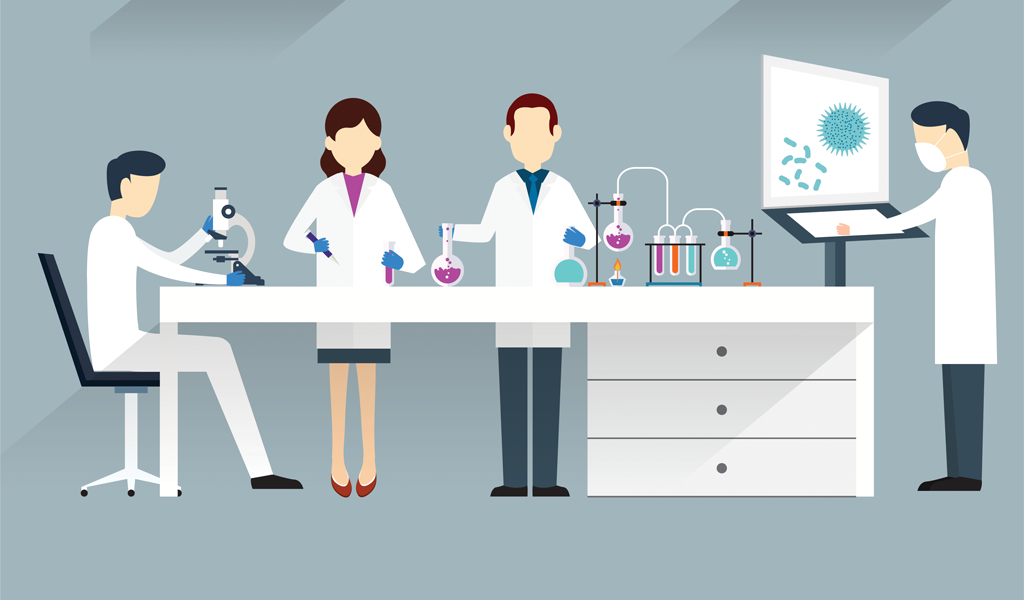
When hardcore scientists (and not goofs working for the government or pharmaceutical companies) are trying to fit models, they go through a bunch of iterations. They try a model, they match it against the world, and they see where it works and where it doesn’t. Then in the places where it doesn’t work, they go back and try and tweak it until their model works perfectly. At least that’s the idea. Crucial to the idea is that they can keep repeating the experiment and getting more data.
Human Nature and Society
When modeling small things or processes, it’s pretty basic. But when modeling things like economies and human behavior, that’s when it gets tricky. First because human behavior not only has tons of variables, many of which are not directly measurable, but because human behavior is based on internal and subjective incentives which are always changing. What makes it more difficult is whenever anybody does a study on human behavior, that tends to cost a lot of money. And the people paying for the study tend to have a reason for doing it, which means they sort of “hope” the study comes up a certain way.
Human Nature

Right off the bat, this presents a problem. Remember that cognitive dissonance that we talked about before? How we literally can’t see things we aren’t looking for? Well, all humans (which includes all scientists) have cognitive dissonance. Which means if they are being paid by an organization, and the scientists sort of know what the organization is going to do with the results, it may very well be that the scientists literally can’t find results that would contradict their bosses. Meaning humans have a hard time seeing things that interfere with their salaries.
Models Are Always Biased
This means any complex models are almost certainly biased to some degree. Lucky for us we aren’t government or corporate scientists. We control our own brains and can use them however we like. In that regard, I’d to offer you several “models of the world” through which to view social situations.
None Are Right Or Wrong
Since human situations are always in flux, there are likely some of these models always in operation. Sometimes a lot of one and a little bit of another, sometimes an equal mix of all of them, sometimes mostly one and not much of any others. But knowing what these models are, and being able to shift your thinking through them is a very useful mental trick to have.
What To Do
This is going to be a rough metaphor, not an exact representation of reality. Let’s say you were equally skilled in several martial arts, and you had tournament coming up. It was one of those cage fights, where anything goes. Let’s say how you fought depended on how your opponent was trained. In order to best defend yourself and score points, knowing which system he or she was using would be helpful. So in the first few moments, you might feel him out to see what kind of style he was fighting in. Remember, this is only a rough metaphor.
Real Life Applications
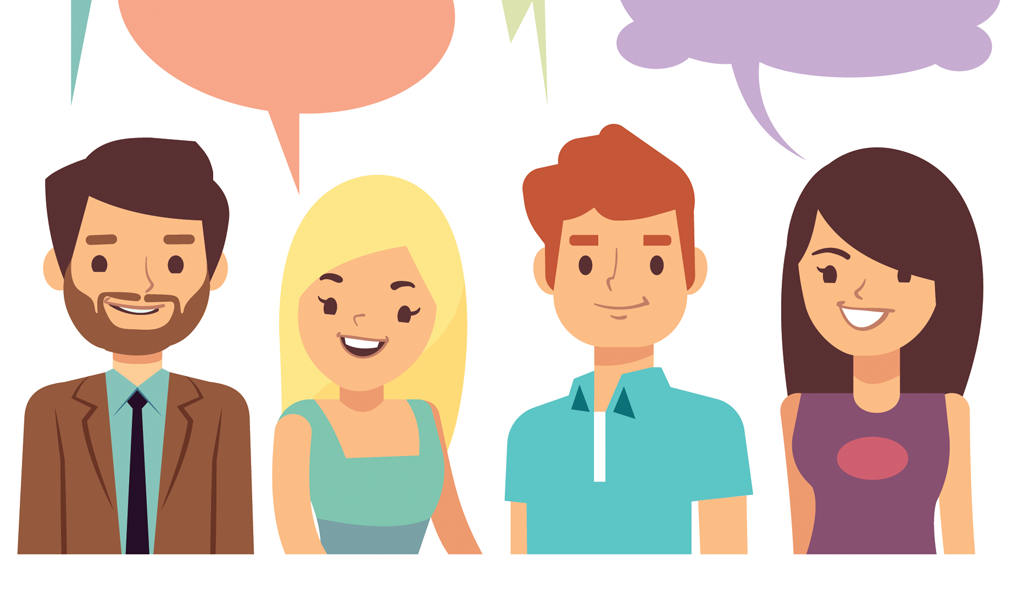
Let’s say you go into a situation. The rules are not pre-set, and the people you are interacting with are people you don’t know very well. What kind of system should you use? How are the other people operating? Most of the time we just kind of feel out the situation and hope for the best. But knowing what particular human interaction model they are using will help you choose the best way to interact with them.
Human Interaction Models
Here we will go over the most common human interaction models. Each one will be described briefly. It will be easy to understand and recognize these. When reading through these various human interaction models, think of the people you interact with daily. Think of the people you prefer to interact with, and those whom you avoid. Soon you’ll start to see many people have a “go to” style in various situations.
Also understand that rarely do these operate in isolation. When looking for these when interacting with others, you can think of like wine tasting or any other kind of food tasting. Most food is made up of a delicate combination of flavors. However, with each small taste, you can focus your senses on one particular flavor to get a specific appreciation for that flavor.
While each of these will only be described in a couple of paragraphs, you can easily find volumes on each idea should you want to pursue that. Indeed, any theory of human communication and interactivity is both interesting to understand and rewarding to master.
Might Makes Right

This is the granddaddy of them all. Whoever has the most “force” gets to impose the most decisive energy on any given system. In sports, this breaks down to raw skill, or strength or speed. “Might,” however can take on many different forms. In a pure democracy, for example, the most votes wins. Is not having the most votes simply another way of expressing “might”? At its core, democracy is another way of saying, “we have more people on our side, so we get to choose what to do.”
Even in logical arguments, which are supposedly devoid from any kind of force, it is still tacitly understood that whoever has the “strongest” argument is the winner. Political debates are won by the candidate who most strongly overpowers the other. Shouting matches are won by whoever screams loudest and longest. Even a baby crying in the middle of the night sets of a might-makes-right battle. Who has the strongest willpower? The baby who can cry the longest or the parents who can ignore it the longest?
Even if electrical circuits, which might be a model for how our brains work, whichever current is strongest will determine the outcome. Even in logical gates, (AND gates, OR gates, etc.) the basic structure is determining which electrical signal is stronger.
Might Makes Right Homework
Next time you are out and feel like people watching, see how many instances of might-makes-right battles you can see. Even amongst friends, the battle is who can laugh the loudest, or act the bravest or tell the funniest joke.
Trade

This is the antidote to might makes right. In ancient human societies, back when we were just groups of nomadic hunters and gatherers wandering the countryside in search of food and shelter, there were only two things we did when we met a strange tribe. We would trade with them, or we would fight. Trading involves two people that each having something. And each person wants what the other person has more than what they currently have. This is true for multi billion dollar corporation and kids trading lunch items on the playground.
Tit For Tat Trade
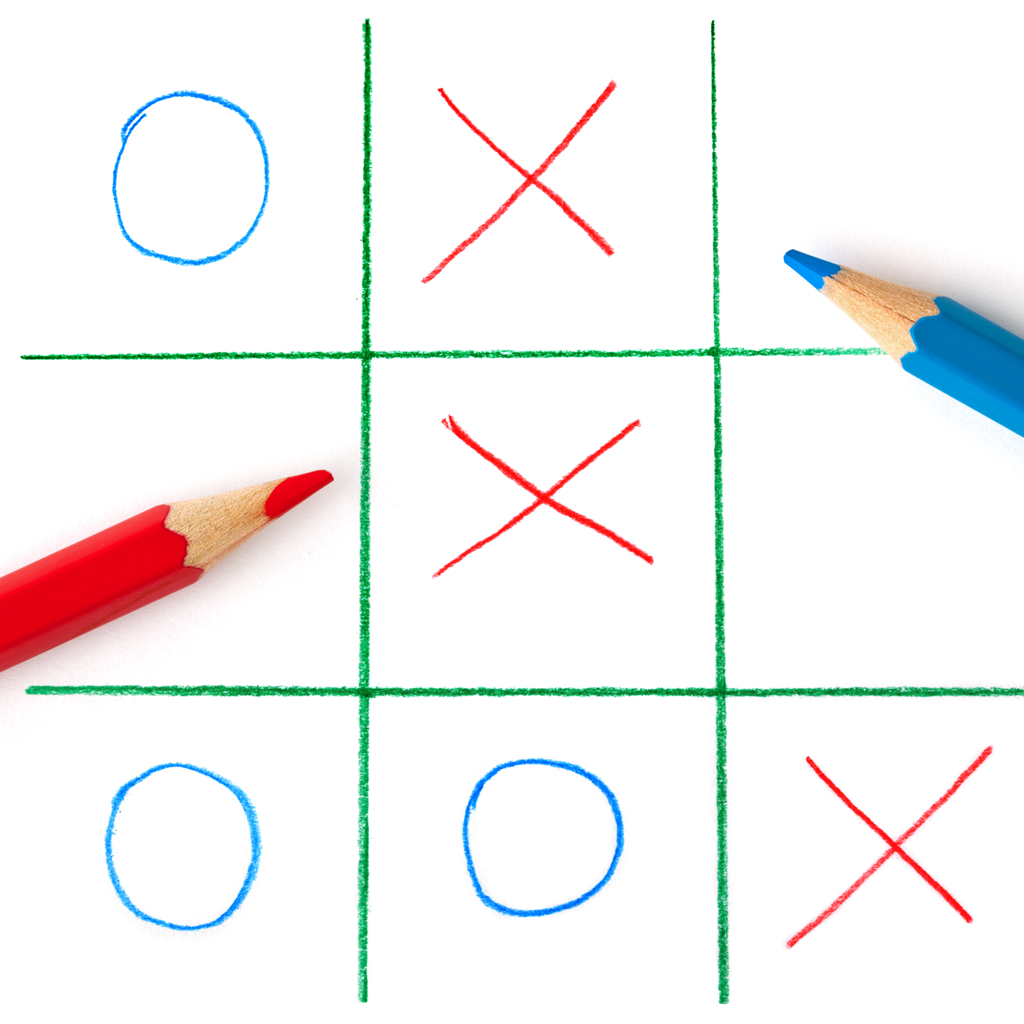
We also participate in trade whenever we make deals that don’t involve things. I scratch your back and you scratch mine. Even vampire bats practice this. Sometimes bats come home empty handed from the hunt, and need to borrow some blood from a buddy. If that vampire bat doesn’t pay back his buddy, nobody will loan him any blood. Keeping score and any idea of reciprocity all involve the idea of trade in some way or another.
Trade Homework
Take a look around and see how many trading examples you can find. Purchases are the easiest. But if you pay close attention, you can tell what conversations are negotiations, and which are might-makes-right conversations without needing to hear what they are saying.
Childhood Model
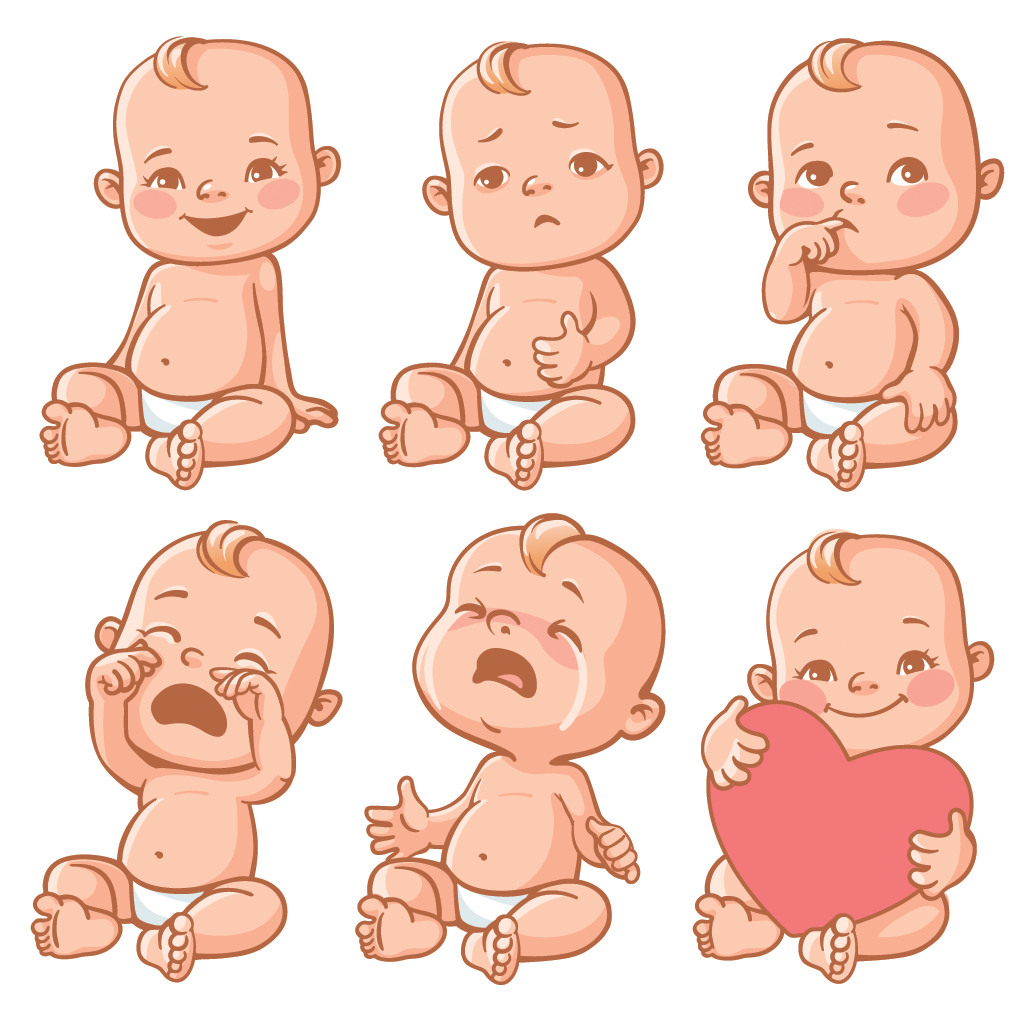
When babies want something, they scream until they get it. This is a model of how we get our needs met. All of us have needs, and we all have strategies to get those needs. When we are born, the only way we can get our needs met is to depend on others. As we grow up, we hopefully learn other methods of getting our needs met. But consider that “asking and receiving” is all based on the basic model we come pre-programmed with.
Adult Model
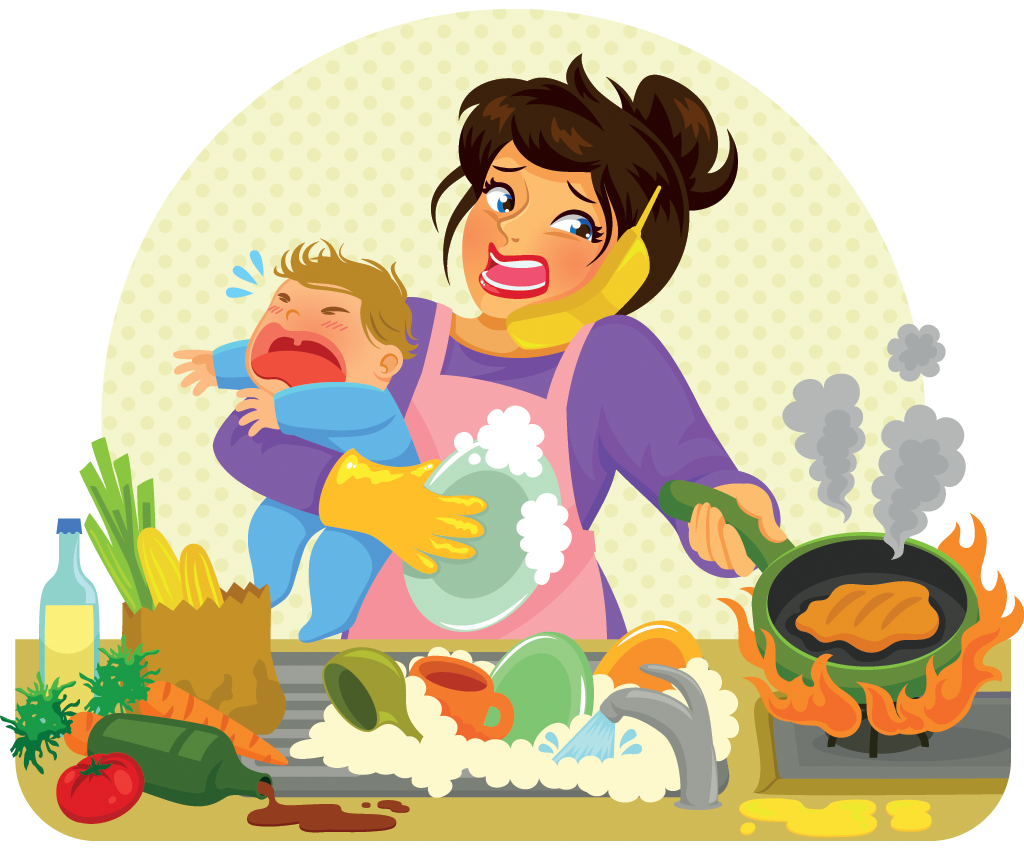
The adult model involves anything other than asking and receiving. Often times the adult model involves using the might-makes-right strategy whereby we consciously impose our will on others until they do what we want. We mentioned above that crying babies and sleeping parents are involved in a might-makes-right struggle, but the baby is doing it by instinct and not by conscious choice. Both trade and might-makes-right are two ways to achieve our ends using the adult model. Consider the childhood model as feeling completely helpless when somebody doesn’t give us what we want.
Childhood Adult Spectrum
Of course, it can be hard to separate these. We may switch back and forth between the childhood model (I want it – give it to me) and the adult model (I need to figure out how to get it) and even back to the childhood model (Look! There’s somebody that can give it to us!) in seconds.
Hunter Gatherer Implications
Consider the idea that back in the days of hunter gathers, the separation from the childhood model to the adult model was relatively clean cut. Once you were old enough to hunt you had to hunt. You were thrust into the world of, “if you don’t kill, you don’t eat.” For females, the line was even more defined. You were a child until you were a mother, beyond that, there was no looking back.
Modern Society Implications
Today, many people benefit and gain enormous amounts of power by keeping us in the childhood mindset as long as they possible can. Not unlike how drug dealers have a lifelong customer once they are addicted to the product. Of course, since addicts tend to have short life spans, drug dealers are always in need of new customers.
Outside In Persuasion
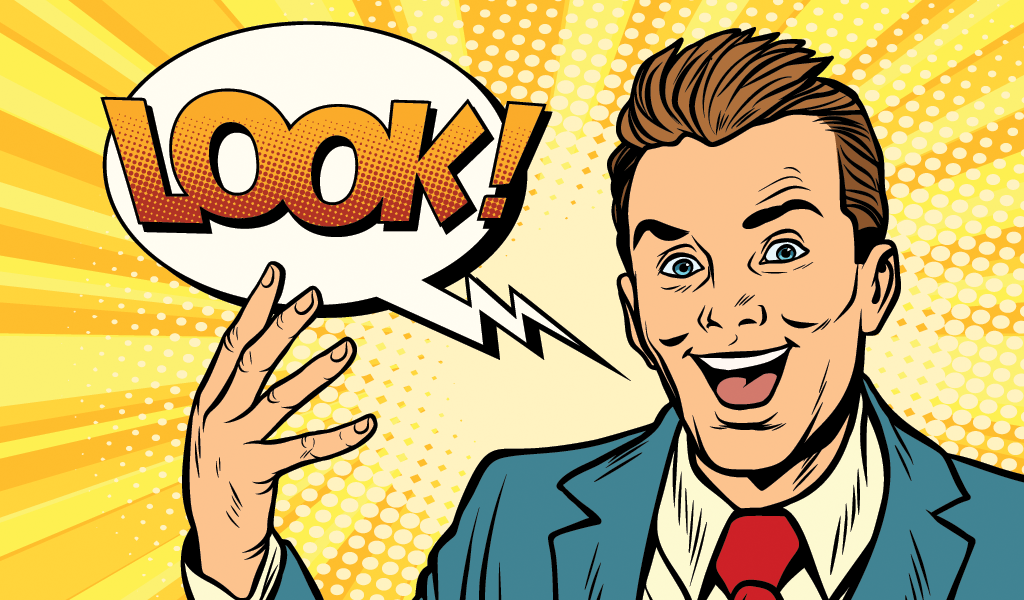
When want others to do things, there are also two distinct methods. The outside in persuasion is when we want them to do what we want for our reasons. We don’t care about their reasons. We feel that our reasons for them doing what we want are good enough. All we need to do is describe our reasons to them, and they should “see the light” of our argument.
Inside Out Persuasion
This is based on the Dale Carnegie idea of “you can get anybody to do anything so long as they think it’s their idea.” This involves finding out what makes them tick. Finding out what they want enough so they’ll do what we want, but for their own reasons. These two ideas are closely related to the next two mindsets.
Zero Sum
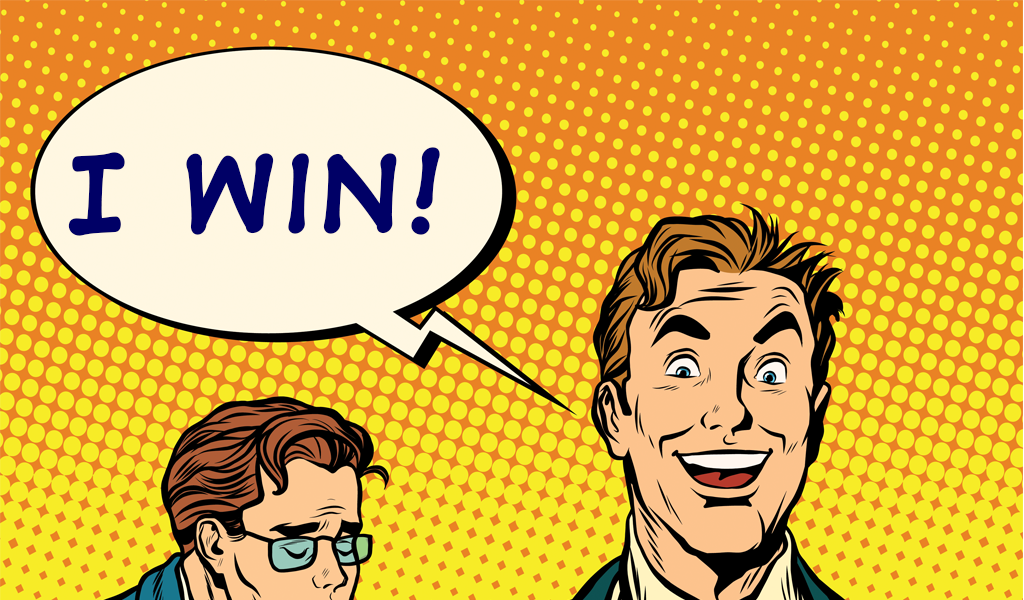
This is when for every winner, there has to be a loser. I get what I want, but in order for me to get what I want, you have go give up something you want. This idea says that the pie is finite. That if you want to get a bigger piece of the pie, you need to take somebody else’s pie. This is based on the idea of scarcity, that there is only a infinite amount of stuff.
Win-Win

This is when both people get what they want. This is the idea of an ever increasing pie. That so long as everybody is contributing, the pie is always getting bigger, and everybody will always be getting bigger pieces of that ever increasing pie. This recognizes that the fundamental building blocks of the stuff we have available may be finite, but the ways to put them together in more stuff for more people is possible.
Reflections
Being able to spot these will be helpful. Understanding those around you, and what their “go-to” models are will be helpful. If you are trying to initiate a trade of any sort, it may help to realize the other person prefers the might-makes-right strategy. So long as you let them keep that illusion, you’ll be more likely to get whatever you want out of the situation.
As taught in NLP, whoever is more resourceful will tend to get their needs met the easiest in any situation. Consider both recognizing and operating from within these mindsets or ideas whenever opportunities present themselves. If you are in a situation, and one of them isn’t working, you may get better results by switching to another one.
Further Study
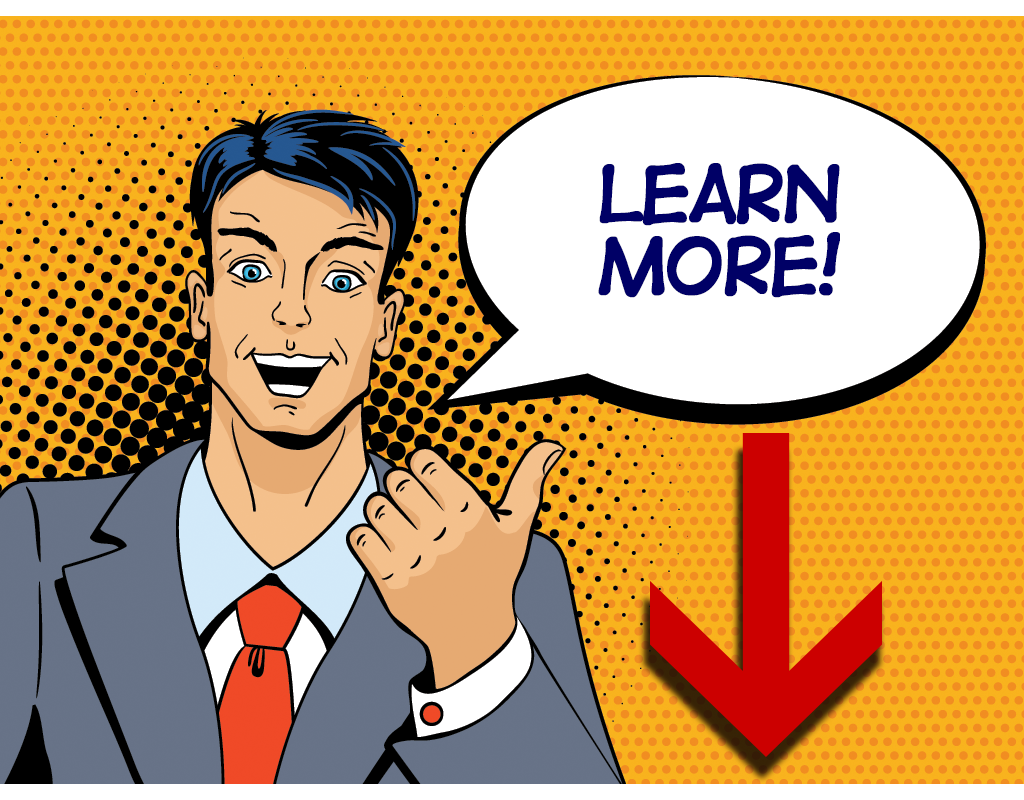
Many of our courses and books at Mind Persuasion are based on effectively operating within these mindsets using various communication techniques. To live much more effectively consider some of our courses to help:
Mind Persuasion Courses
Mind Persuasion Books